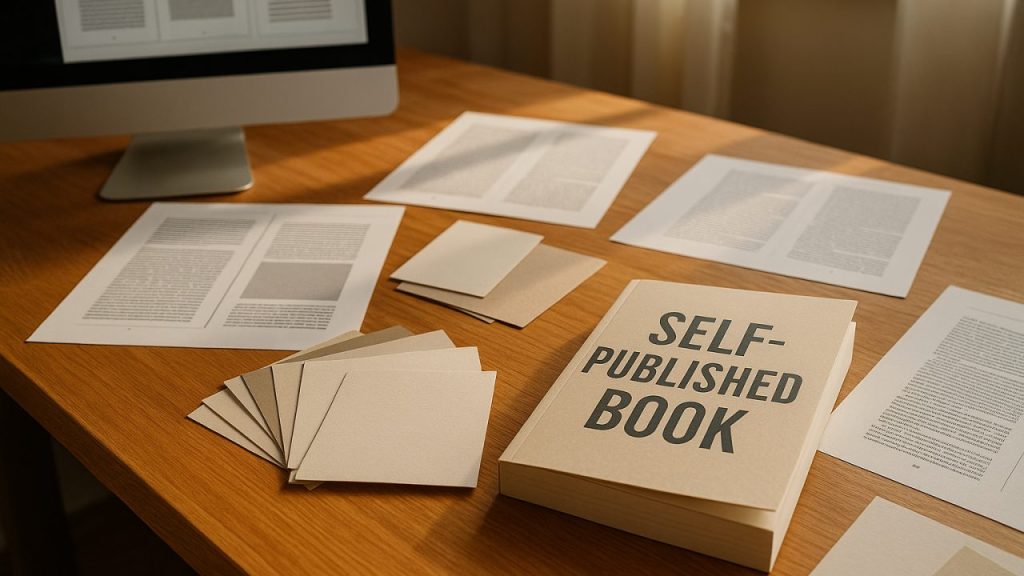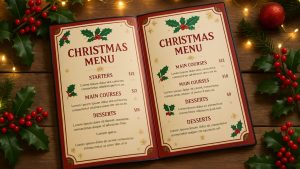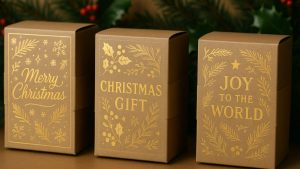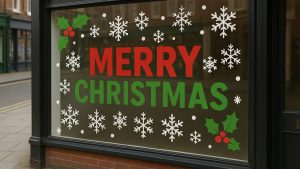
⏱️ Estimated reading time: 5 minutes
Self publishing a book is more popular than ever, and for good reason. With advances in printing technology and greater access to quality print services, authors can now see their work in physical form without the traditional gatekeepers. But if you’ve never been through the printing process, it can be tricky to know where to start, what to expect, and how to balance cost, quality, and impact. I’m here to share some insights from years of experience working with self publishers and creatives at Newstyle Print, so you can feel confident as you take the leap.
First off, you’ve probably noticed that the term ‘book printing’ covers a lot of ground. From small print runs to thousands of copies, from paperback to hardcover, and everything in between. The key is understanding the different printing methods available and what suits your book best.
1. Choosing the Right Printing Method
There are two primary printing methods for self published books: digital printing and litho (offset) printing. Digital printing is great for shorter runs, often under 500 copies, and allows for quick turnaround and even print-on-demand options. It’s perfect if you want to test your book with a smaller audience or want to avoid large upfront costs.
Litho printing, on the other hand, is more cost-effective for larger quantities and offers exceptional colour fidelity and consistency. However, it requires longer setup times and usually a minimum order quantity. Many authors start with digital and switch to litho if demand grows.
2. Selecting the Size and Format
Book sizes vary widely, but common sizes include A5 (148 x 210 mm), B5 (176 x 250 mm), and the classic 6×9 inches (roughly 152 x 229 mm). Your choice depends on the genre and how you want your book to look and feel. For instance, novels often use A5 or 6×9, while art books might lean towards larger sizes to better showcase images.
Formats also matter: perfect bound books are popular for novels and non-fiction, giving a clean, professional finish. If you’re printing a shorter booklet, stapled or wiro bound options might be more cost-effective and appropriate.
3. Paper Type and Weight
The paper you choose can significantly affect the tactile experience of your book. Most novels use uncoated paper between 70gsm and 90gsm, which is easy to read and cost-effective. For books with images or colour pages, a coated paper like silk or satin finish between 130gsm to 170gsm adds vibrancy and durability.
At Newstyle Print, we also offer eco-friendly and recycled paper options, which many authors appreciate for aligning with sustainable values without compromising print quality.
4. Colour or Black & White?
If your book relies heavily on images, illustrations, or colour design, full-colour printing is essential. Keep in mind that colour printing costs more, especially with litho, because it uses four colour plates (CMYK). Black and white printing is a more affordable option and often perfectly suited for text-heavy books like novels, memoirs, or academic works.
5. Cover Options
The cover is your book’s first impression, so it’s worth investing some thought here. Paperback covers are usually printed on thicker card stock (often around 250gsm to 350gsm) and laminated with matt or gloss finishes to protect the book and give it a professional look.
Hardback options are available if you want a premium feel, often used for special editions or coffee table-style books. You can also choose dust jackets, foil blocking, or spot varnish for added visual interest—though these will increase costs.
6. Custom Sizes and Page Counts
One of the great things about self publishing is flexibility. If you want a bespoke size or unusual page count, many printers (including us) can accommodate custom requests. Whether you’re compiling a poetry chapbook or a hefty manual, it’s worth asking about options early in the process to understand any pricing implications.
A Real-World Example: Emma’s Debut Novel
Emma, a first-time author, came to us wanting to print 300 copies of her debut novel, a contemporary fiction story. She was unsure whether to pick digital or litho. We advised her based on the print run size and budget to go with digital printing for the first batch, using an A5 size with perfect binding and matt laminated covers. She chose uncoated paper for the interior to give a soft, natural feel that matched her story’s tone.
Emma was thrilled with how the books turned out—crisp text, smooth covers, and a professional finish. When her novel gained traction, she returned for a larger litho print run, which brought the cost per book down significantly. This two-step approach is common and helps manage risk and investment.
Wrapping Up
Self publish book printing is an exciting journey that blends creativity with practical decisions. Whether you’re printing a handful of copies for friends or planning a larger distribution, understanding the basics of printing methods, sizes, paper types, and finishes will help you create a book you’re proud of.
Remember, printing is a craft as much as an industry, and working with a trusted printing partner who knows the ropes can make all the difference. At Newstyle Print, we’ve been part of countless authors’ journeys, and nothing beats the moment a fresh print run arrives, ready to share your story with the world.
Written by Taylor Reed
Print Expert at newstyleprint.co.uk. They share practical insights from hands-on print work across litho, digital and wide-format projects.
Updated on 3 November 2025
Ready to print? Contact Newstyle Print for a fast quote today.
Call 01572 771377 or email hello@newstyleprint.co.uk
Get a quote »





